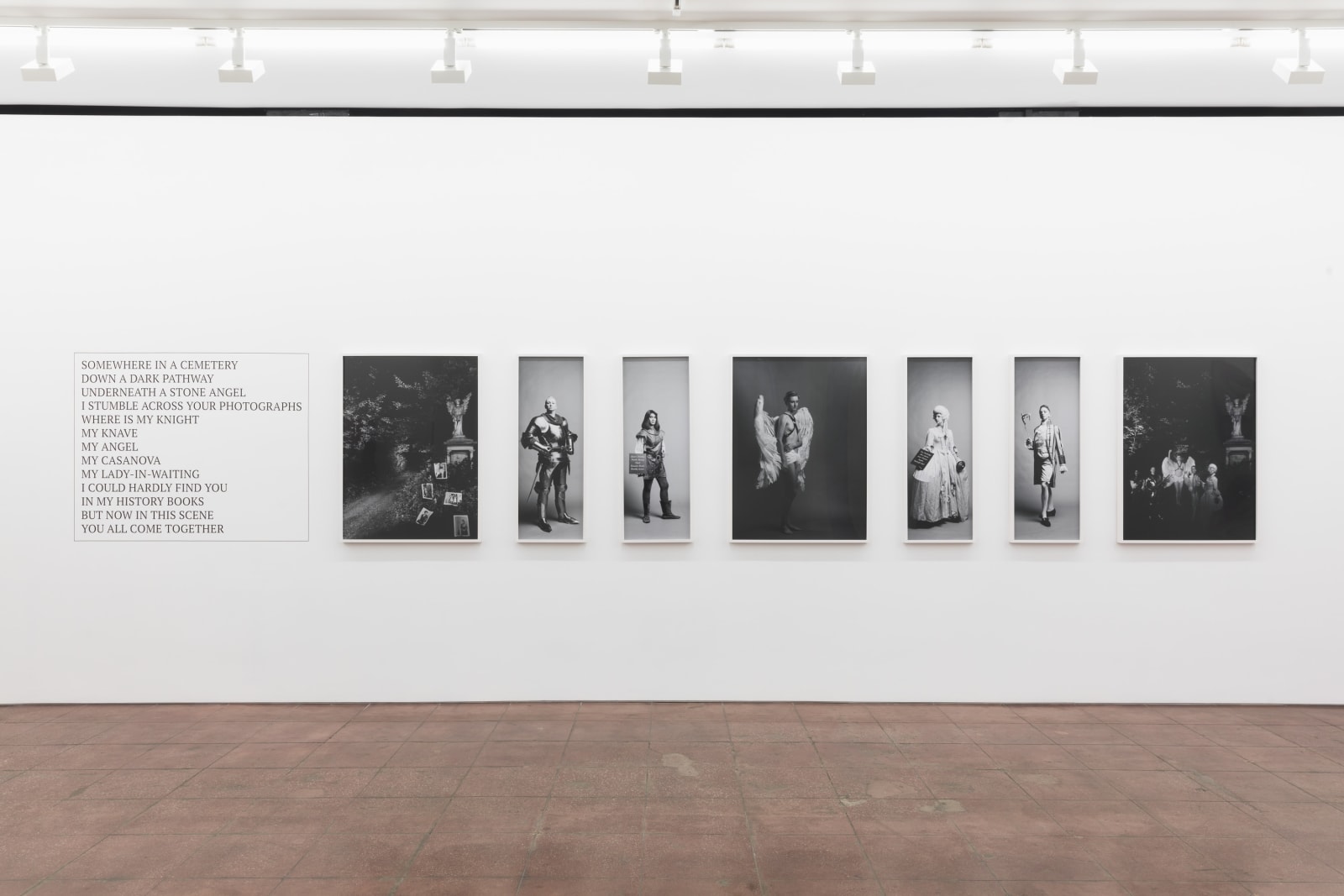
Tessa Boffin
The Knight's Move, 1990
Archival inkjet print and vinyl in seven (7) parts
Dimensions variable

This website uses cookies
This site uses cookies to help make it more useful to you. Please contact us to find out more about our Cookie Policy.